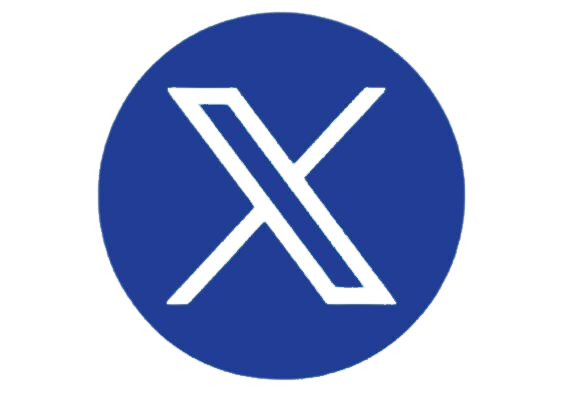Check out Keypoint Intelligence’s Artificial Intelligence Services!
We’ve been imagining about artificial assistants all the way back with Rosie the Robot. And while we have electronic vacuums and food dishes for our pets, advancements in artificial intelligence (AI) have only continued to grow. While the most common examples include AI assistants like Siri, Google Assistant, and Alexa, there are plenty of other apps and solutions for consumers and companies alike to use.
Generally speaking, an AI assistant is a type of software that uses artificial intelligence to understand human language and complete tasks on behalf of the user. Sometimes also referred to as a “digital” or “virtual” assistant, most people think of these solutions when they are asking their phones about their calendar, the weather, or an answer for a bit of trivia that might be rattling in their heads. However, there are many corporate programs available that take what consumer digital assistants do and apply it to marketing campaigns, automate task management solutions, and streamline project workflows. As seen in our recent analysis From Margins to Mainstream, the workplace impact of AI copilots varies significantly by industry and use case.
The infographic below provides a key overview of AI assistants and their main uses.
Keypoint Intelligence Opinion
Everyone could use a hand now and then—in our personal lives, professional lives, or even both. Having an assistant readily accessible in our phones or on our laptops just makes doing the million things we have to accomplish each day a little more achievable.
While there isn’t much prep work needed for a personal AI assistant, the successful rollout of digital assistants in a corporate setting requires careful planning and a clear understanding of organizational readiness. Taking inventory of automation opportunities or general use needs are simple and necessary steps before investing in a solution, which will then require training for employees so that they can best use their new AI tools. But then, the idea is that tasks requiring repetitive actions or complex calculations can be done in half the time—allowing human staff to do the things they do best.
The thing too many people seem to confuse about AI is that it’s a tool we should be using for the boring parts of our lives: keeping track of appointments, crafting mass emails, search for and flag issues in a project. Rather than wasting time on generative AI that still can’t draw hands, we should be taking up the paintbrush to try doing art for ourselves and let our digital assistants take care of the other stuff.
Stay ahead in the ever-evolving print industry by browsing our Industry Reports page for the latest insights. Log in to the InfoCenter to view research on AI through our Workplace CompleteView Advisory Service. Not a subscriber? Contact us for more information.









